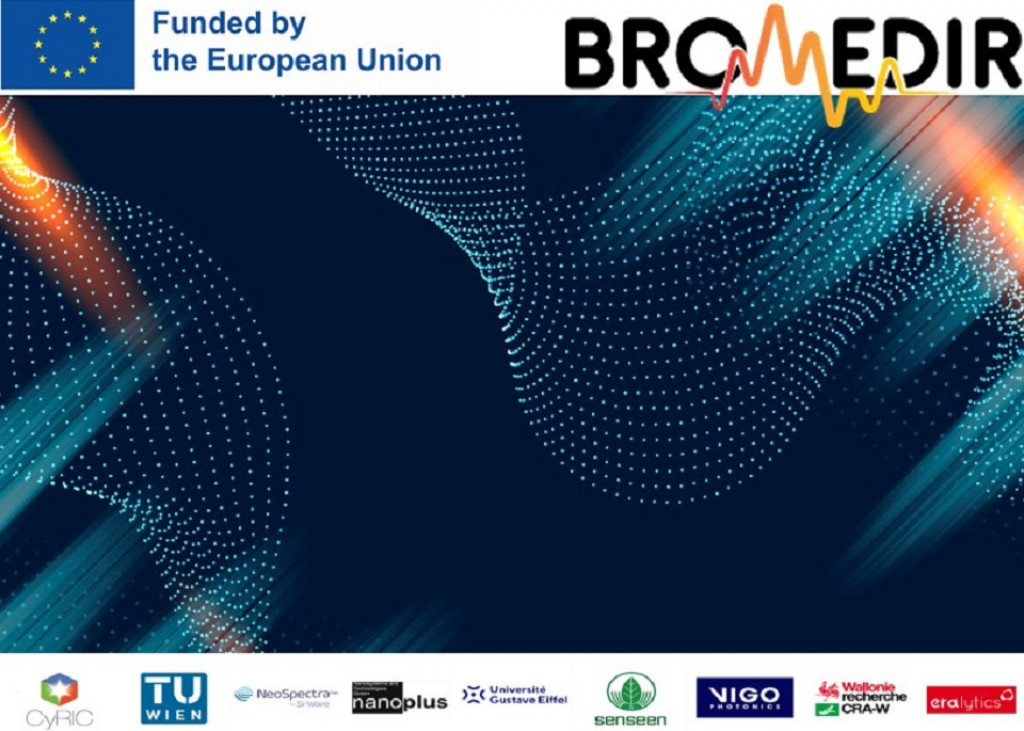Traditionally, a sample of fodder is taken to the laboratory. Once it is dried out and ground up, it is measured using near infrared spectrometers in order to predict some variables relating to the quality. Due to the miniaturisation of analytical instruments in the past few years, moving from the laboratory to the farm is increasingly within the reach of farmers and consultants. The importance of this approach is that it drastically reduces the time of analysis (by saving the time taken to dry out and grind up the samples), thus enabling farmers to adapt breeding rations more effectively by carrying out the analysis on a more regular basis and take into account the variability of fodder quality in space and time. As part of the EFFORT project, the performance of four portable devices was compared: the FieldSpec 4 (ASD), the Micronir 1700 (Viavi), the Flame-NIR (OceanOptics) and the AuroraNIR (GrainIT).
The approach involves establishing models for all types of fresh fodder (hay grass, corn silage, grass silage and haylage) and for all variables needing to be estimated (dry matter, ash, protein, fibre, starch, sugars and digestibility). To achieve this, samples were collected and analysed on site using four portable spectrometers on approximately fifty farms throughout Wallonia between 2018 and 2020. Firstly, a spectral database was created for the various products, and reference values were obtained for each variable. On the basis of these data, calibration models were then developed for each portable device.
Encouraging results were obtained in relation to the determination of dry matter. With regard to the other variables, the precision errors of the models are still quite high compared with the reference methods. Two major difficulties were encountered: a very high degree of heterogeneity and a high level of humidity for this type of product. A protocol was introduced to address this heterogeneity, whereby the measurement that was most representative of the sample was taken. The effect of the high humidity was to cause a fairly high prediction error for all variables other than the dry matter; since water strongly absorbs near infrared radiation, it masks the other chemical constituents of the fodder.
In the current state of research, these portable devices enable dairy farmers to obtain a relatively precise quantitative prediction of the dry matter and qualitative information (good, satisfactory, poor) about the other variables of the fodder analysed, making it possible to adapt the diet of their animals.
The EFFORT project is funded by the Moerman Act.










